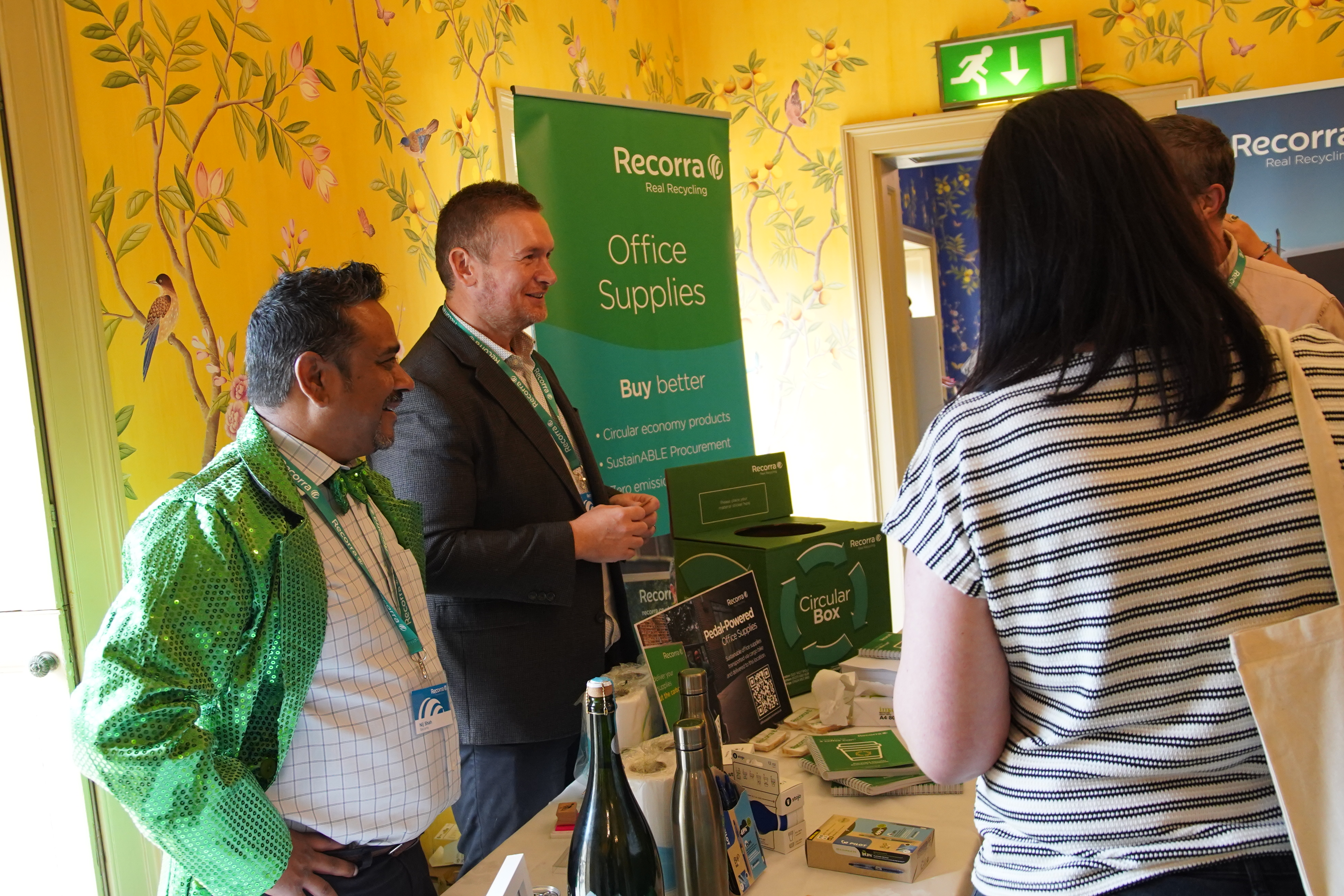

Setting up a Circular Economy Office: Practical Steps for SMEs
Most small and medium sized businesses want to be greener but do not know where to start. Office supplies are a surprisingly powerful place to begin because they are low risk, low cost and high impact. By rethinking how everyday items are bought, used and reused, SMEs can build a circular workplace that reduces waste, saves money and supports ESG goals.
What Is a Circular Economy Office
A circular office keeps products and materials in use for as long as possible. Instead of a take make waste model, a circular workplace focuses on reuse, refill, recycled content and responsible end of life. Office supplies are perfect for this because changes are easy to make and the benefits come quickly. SMEs can reduce cost, reduce waste and improve reporting with very little disruption.
Step One
Audit What You Already Use
Begin by reviewing the supplies you order most often. Look for waste hotspots such as toner, paper, cleaning supplies and desk accessories. Review how items arrive and how much packaging is involved. This first step helps you understand your current footprint and highlights simple areas for improvement.
Step Two
Switch to Circular Products
Move towards products that contain recycled content or are made from recovered waste. Examples include wheat straw paper, coffee cup notebooks, recycled hi vis clothing and refillable cleaning products. These products have lower embodied carbon and provide clear evidence of improved sustainability performance.
Step Three
Choose Circular Services
Circularity is not only about products. Consider services that keep items in circulation for longer such as remanufactured toner loops, refill supply systems for cleaning products, end of life takeback services and refurbished or reused office furniture. Working with a supplier that specialises in sustainable supply chains makes this transition simple and supported.
Step Four
Rethink Deliveries
Transport emissions are often an invisible part of your supply footprint. Switching to cargo bike deliveries reduces emissions dramatically because they are far lower impact than traditional vans. SMEs benefit from faster deliveries, fewer delays and significantly lower carbon footprints.
Step Five
Engage Your Team
Small behavioural changes make the biggest difference. Encourage staff to choose recycled options first, make sustainability visible with posters or staff updates and celebrate quick wins. Team engagement helps the circular approach become part of daily culture.
Step Six
Track What You Have Achieved
Measure progress by tracking recycled content purchased, the number of items refilled or reused and reductions in waste. Supplier reporting can support your ESG framework, help with tender requirements and give you credible data to share with stakeholders.
Conclusion
Creating a circular office does not require large investment or complex processes. With small changes SMEs can build momentum and show real environmental leadership. By working with suppliers who specialise in sustainable products and circular services the journey becomes simple and measurable.
If you would like help auditing your workplace supplies or switching to circular alternatives our team at Recorra Workplace Supplies is ready to support you.

